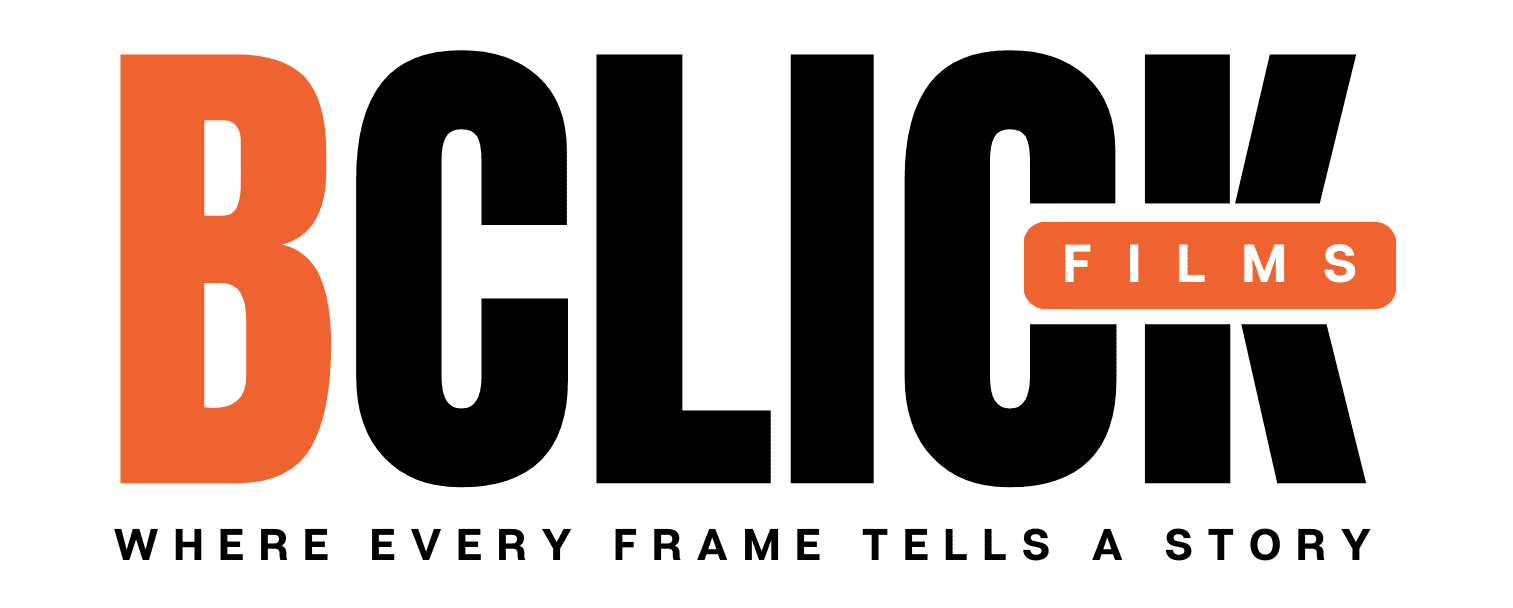
Be mindful of interest rates; they can be higher than long-term loans. Interest payable is the amount of interest you’ve accrued on debts but haven’t paid yet. If you’ve taken out loans or issued bonds, you’ll have interest to pay.

#13 – Long Term Debt

This comprehensive program offers over 16 hours of expert-led video tutorials, guiding you through the preparation and analysis of income statements, balance sheets, and cash flow statements. Gain hands-on experience with Excel-based financial modeling, real-world case studies, and downloadable templates. Upon completion, earn a recognized certificate to enhance your career prospects in finance and investment. A liability is a financial obligation a company owes to other parties. These stem from past transactions or events and result in an outflow of resources, usually in the form of money, products, or services.
#6 – Property, Plant, and Equipment
The difference between these two figures represents your business’s equity, which is the value left for the owners after all liabilities are paid. If one of the conditions is not satisfied, a company does not report a contingent liability on the balance sheet. However, it should disclose this item in a footnote on the financial statements.
What is list of assets and liabilities in accounting pdf?
Outstanding balances on credit cards are often accompanied by high-interest rates. Potential legal claims against a company that might result in financial losses. Financial commitments arising from long-term lease agreements for equipment or property.
Accounting for lease obligations

And if you’re considering additional financing, you’ll need to know how new debt will affect your current liability structure. Lenders will scrutinize your existing liabilities to assess your creditworthiness, and a balanced debt-to-equity ratio shows financial stability. Bonds payable represent long-term debt issued by your business, typically to raise large amounts of capital. When you issue bonds, you promise to pay back the bondholders the principal amount plus interest over a specified period. A liability is a money owed to buy an asset, like a loan used to purchase new office equipment.
HighRadius is redefining treasury with AI-driven tools like LiveCube for predictive forecasting and no-code scenario building. Its Cash Management module automates bank integration, global visibility, cash positioning, target balances, and reconciliation—streamlining end-to-end treasury operations. Understanding the concepts of liabilities and expenses Oil And Gas Accounting is essential when preparing financial records since they impact a business firm’s financial reports in different ways. Navigating the world of finance can feel like a complex task, especially when it comes to understanding the different components that make up a balance sheet. Liabilities are one of the important components of a balance sheet, yet they are often tricky to understand.
- Mortgage payable is considered a long-term or noncurrent liability.
- Record the interest expense on your income statement, and adjust the loan balance on your balance sheet accordingly.
- These obligations arise from past transactions or events and require settlement in the form of cash, goods, or services.
- A wine supplier typically doesn’t demand payment when it sells a case of wine to a restaurant and delivers the goods.
- There are three primary classifications when it comes to liabilities for your business.
- The money borrowed and the interest payable on the loan are liabilities.
The accounts list may also include codes you do not require but are worth keeping for future use. The current ratio evaluates a company’s ability to meet short-term obligations with its current assets. They’re like https://www.rccmindore.com/journal-entries/ financial band-aids—useful in the short term but not a long-term fix.
Examples of Assets vs. Liabilities
Pension Liabilities are a company’s responsibility to offer retirement benefits to its employees. However, contingent liabilities are indicated in the financial statements’ footnotes if the possibility or amount cannot be reliably established. Deferred Revenue is a liability that arises when a company receives payment from customers for goods or services that have not yet been delivered or earned. It represents an obligation to provide the products or services in the future. Long-term obligations, such as credits, bonds, or mortgage loans, endure more than a year. Organisations frequently use long-range responsibility to support large efforts such as purchasing new resources, expanding tasks, or sustaining capital-intensive endeavours.
- Well, expenses are funds dedicated to the daily operations of your business.
- Short-term debt is any financial obligation that matures within 12 months.
- Not sure where to start or which accounting service fits your needs?
- Liabilities are carried at cost, not market value, like most assets.
- We briefly go through commonly found line items under Current Assets, Long-Term Assets, Current Liabilities, Long-term Liabilities, and Equity.
- Here is a list of some of the most common examples of contingent liabilities.
- Short-term notes payable might include a promissory note for a loan from a bank with a repayment period of less than one year.
At month or year end, during the closing process, a company will account for all expenses that have not otherwise been accounted for in an adjusting journal entry to accrue expenses. The adjusting journal entry will make a list of liabilities in accounting debit to the related expense account and a credit to the accrued expense account. The first of the following accounting period, the adjusting journal entry will reverse with a debit to the accrued expense account and a credit to the related expense account. Without understanding assets, liabilities, and equity, you won’t be able to master your business finances. But armed with this essential info, you’ll be able to make big purchases confidently, and know exactly where your business stands. In order for the accounting equation to stay in balance, every increase in assets has to be matched by an increase in liabilities or equity (or both).
